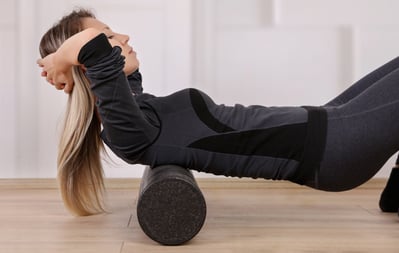 A common nuisance to almost all fitness enthusiasts is the overall lethargic feeling you get from being extremely sore due to a challenging workout. Sometimes this is a deterrent to those looking to develop a consistent workout pattern, and can be especially bothersome if you haven't experienced this phenomenon before.
A common nuisance to almost all fitness enthusiasts is the overall lethargic feeling you get from being extremely sore due to a challenging workout. Sometimes this is a deterrent to those looking to develop a consistent workout pattern, and can be especially bothersome if you haven't experienced this phenomenon before.
Does being sore mean that you should take more time off from fitness to recover, or would your time be better used if you could minimize soreness through workout planning and management? Beneath all of the reasons to either work out or stay home is your desire to see results. So this blog looks at ways in which you can shorten your down time due to soreness and eventually soar to new heights with your workout programming.
Pre-Workout Rituals to Minimize Soreness
We all have been sore from working out at some point. Being able to get back to the gym and work out again is key to not only keeping on track for goals, but also to set important habits. Excuses for not being at the gym can vary and many may be valid, but being sore from a previous workout is becoming less and less common because of our pre-workout rituals, which now include, but are not limited to, the following:
- FMS corrective exercises (prescribed by a NIFS Health Fitness Specialist)
- Foam rolling
- Dynamic warmups (think about track stretches)
- Even the whirlpool and sauna
With proper usage, these tools are designed to make you not only better at all aspects of fitness, but also safer as you grow into your workout. At NIFS, one of our focuses is on being an all-around fitness center, which includes these aspects. Getting screened with the Functional Movement Screen and talking to a NIFS staff member about your goals is one step toward a better overall experience at the gym.
Planning Your Workout Program for Injury Prevention
Another area to consider is your workout program. Would your weekly times and days allow for a six-day workout split (for example, Monday is chest day, Tuesday is legs, etc.), or would another path that includes total-body workouts make more sense? The answer depends on several things, including your personal goals, your workout experience, previous injuries, and workout frequency allotted. What you want to steer away from is overtraining a specific muscle to the point where it potentially can become injured. This would be more likely if you were to max out on squats six days per week for the next month.
How to plan this program isn't a road you have to travel alone because NIFS offers workout plans (included with membership) to those looking to take their fitness to the next level. Set up a time to meet with a staff member to get started right away.
Take Advantage of Information and Resources from NIFS
In today's world of technology, information is now readily available at your fingertips. You might do an internet search for a TRX exercise and find tens of thousands of websites and videos. NIFS has you covered here, too, as a resource to help you become more engaged in fitness. Posting weekly, the NIFS social media team has not only videos, but also great blogs regarding how to effectively work out, but also how to recover from a tough exercise. If meeting a trainer is a little intimidating, social media such as Instagram and Facebook can be a great way to not only learn, but also get to know NIFS staff who are here to help you.
Now that you have some ideas to help you on your fitness path, there's only one thing left to do: get back to the gym. Meet with a NIFS staff member to set up your complimentary assessments (BOD POD, Fit3D, and FMS). Set up a workout plan that is based on YOUR goals, that makes sense for the amount of time you have to work out, and is centered on your starting point. Expect accountability, encouragement, and growth. Come to NIFS and SOAR!
This blog was written by Thomas Livengood, NIFS Health Fitness Instructor and Personal Trainer. To read more about the other NIFS bloggers, click here.


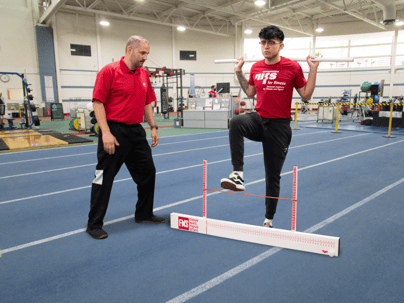
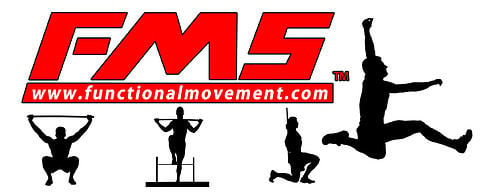
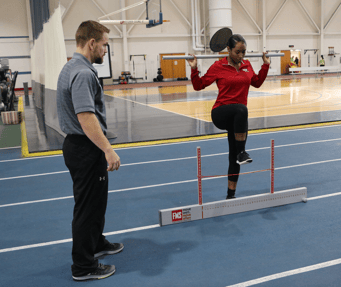
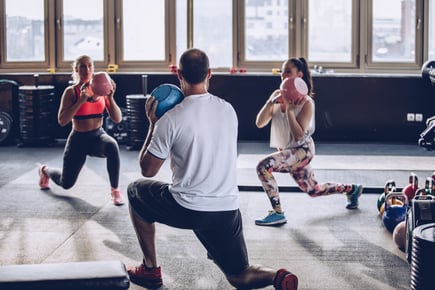 I am often asked what kind of workout program I follow, and my response is always, “I follow a program that gets me faster, stronger, and more athletic.” When people hear this, they assume that I am some kind of athlete and that they won’t be able to work out the way I do since they are not “athletes.” This is a huge misconception that I have noticed throughout the years that I have been working out. What people do not understand is that we are all athletes in our own way, and can actually train like one in order to get faster, stronger, and more athletic.
I am often asked what kind of workout program I follow, and my response is always, “I follow a program that gets me faster, stronger, and more athletic.” When people hear this, they assume that I am some kind of athlete and that they won’t be able to work out the way I do since they are not “athletes.” This is a huge misconception that I have noticed throughout the years that I have been working out. What people do not understand is that we are all athletes in our own way, and can actually train like one in order to get faster, stronger, and more athletic. It’s finally that time of year again—time to hit the links and chase a little ball all over a well-manicured green space with the hopes of golf immortality. If you are like me, you have a love/hate relationship with the sport of golf, but I look forward to my weekly round with friends to take on challenging courses and ultimately myself.
It’s finally that time of year again—time to hit the links and chase a little ball all over a well-manicured green space with the hopes of golf immortality. If you are like me, you have a love/hate relationship with the sport of golf, but I look forward to my weekly round with friends to take on challenging courses and ultimately myself.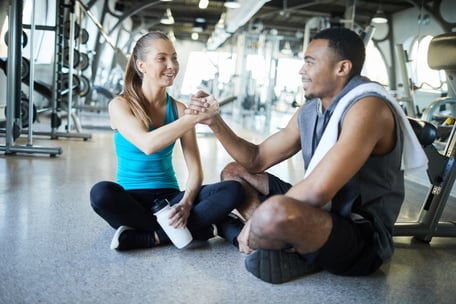 So often in life people like to look at things as win or lose. But what if you switched your perspective to thinking of making progress by winning each day? With this simple shift, your days can be filled with more positivity and success instead of the typical mindset of losing or not being good enough.
So often in life people like to look at things as win or lose. But what if you switched your perspective to thinking of making progress by winning each day? With this simple shift, your days can be filled with more positivity and success instead of the typical mindset of losing or not being good enough.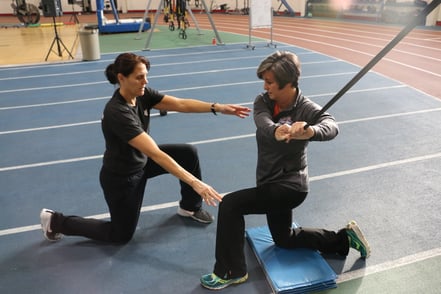 Coaching cues can really make a big difference in the outcome of your workouts. Sometimes it means the difference in whether you get injured during an exercise. Or are you even working the muscles you originally intended to use? Without cues, it would be foolish to have a client jeopardize their health because they saw someone else do a movement incorrectly or think they read it in a magazine or online. This is not to say that there are not many ways one can do to their exercises, or modifications to spice up their workout plan, but you need to make sure you aren’t compromising yourself and goals in the process.
Coaching cues can really make a big difference in the outcome of your workouts. Sometimes it means the difference in whether you get injured during an exercise. Or are you even working the muscles you originally intended to use? Without cues, it would be foolish to have a client jeopardize their health because they saw someone else do a movement incorrectly or think they read it in a magazine or online. This is not to say that there are not many ways one can do to their exercises, or modifications to spice up their workout plan, but you need to make sure you aren’t compromising yourself and goals in the process.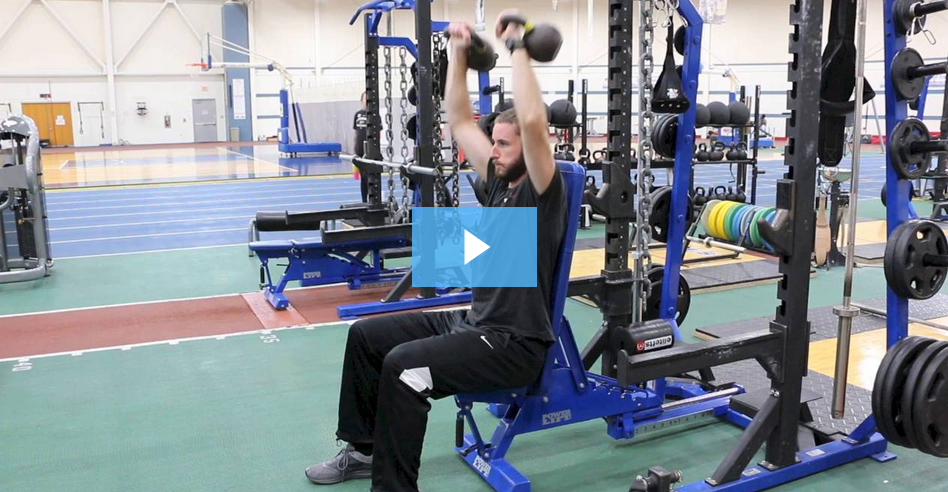
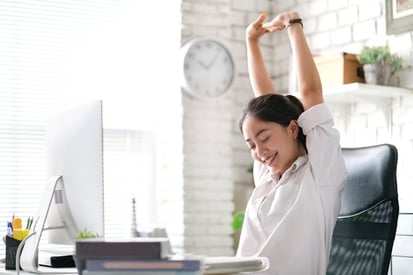 “Stand up straight!” and “Don’t slouch!” are just a couple of variations on the same advice we’ve all likely heard at least once. I apologize if I’m bringing up bad memories of being scolded for less-than-perfect posture, but this read might give you a few reasons why those remarks might have been useless after all. That’s right, folks. We’re diving into the widely covered topic of posture: What it is, whether there is such a thing as “good” posture, and what you can do to optimize your posture at any given point.
“Stand up straight!” and “Don’t slouch!” are just a couple of variations on the same advice we’ve all likely heard at least once. I apologize if I’m bringing up bad memories of being scolded for less-than-perfect posture, but this read might give you a few reasons why those remarks might have been useless after all. That’s right, folks. We’re diving into the widely covered topic of posture: What it is, whether there is such a thing as “good” posture, and what you can do to optimize your posture at any given point.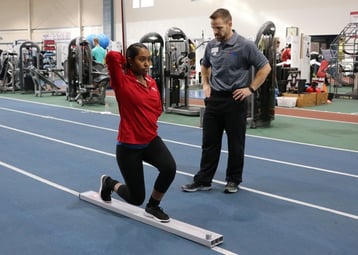 If you’re generally healthy and pain-free, you can consult with a competent trainer to do some sort of an assessment on your strategies for movement. Each individual uses preferred methods to assess movement, whether that is a
If you’re generally healthy and pain-free, you can consult with a competent trainer to do some sort of an assessment on your strategies for movement. Each individual uses preferred methods to assess movement, whether that is a 
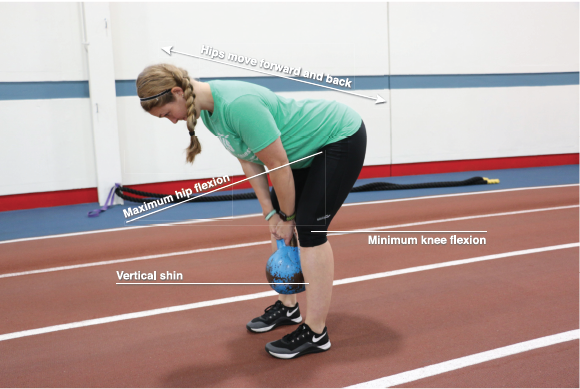
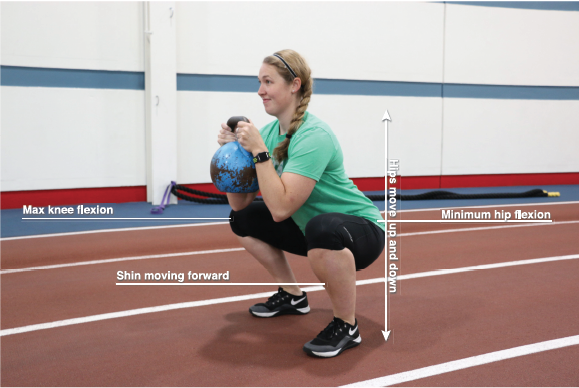
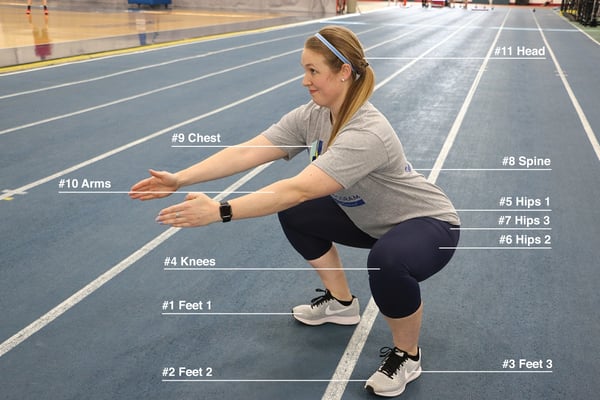
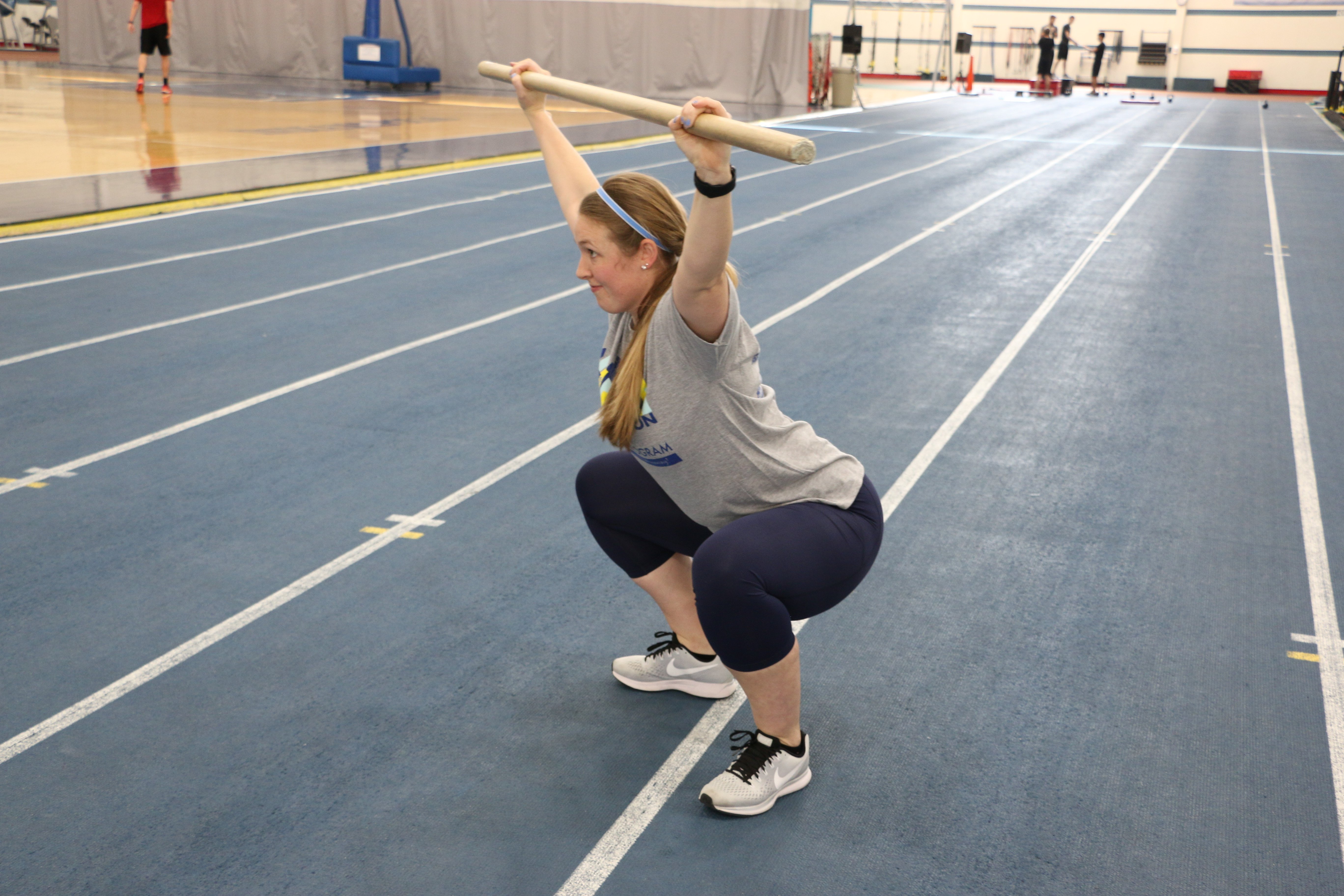
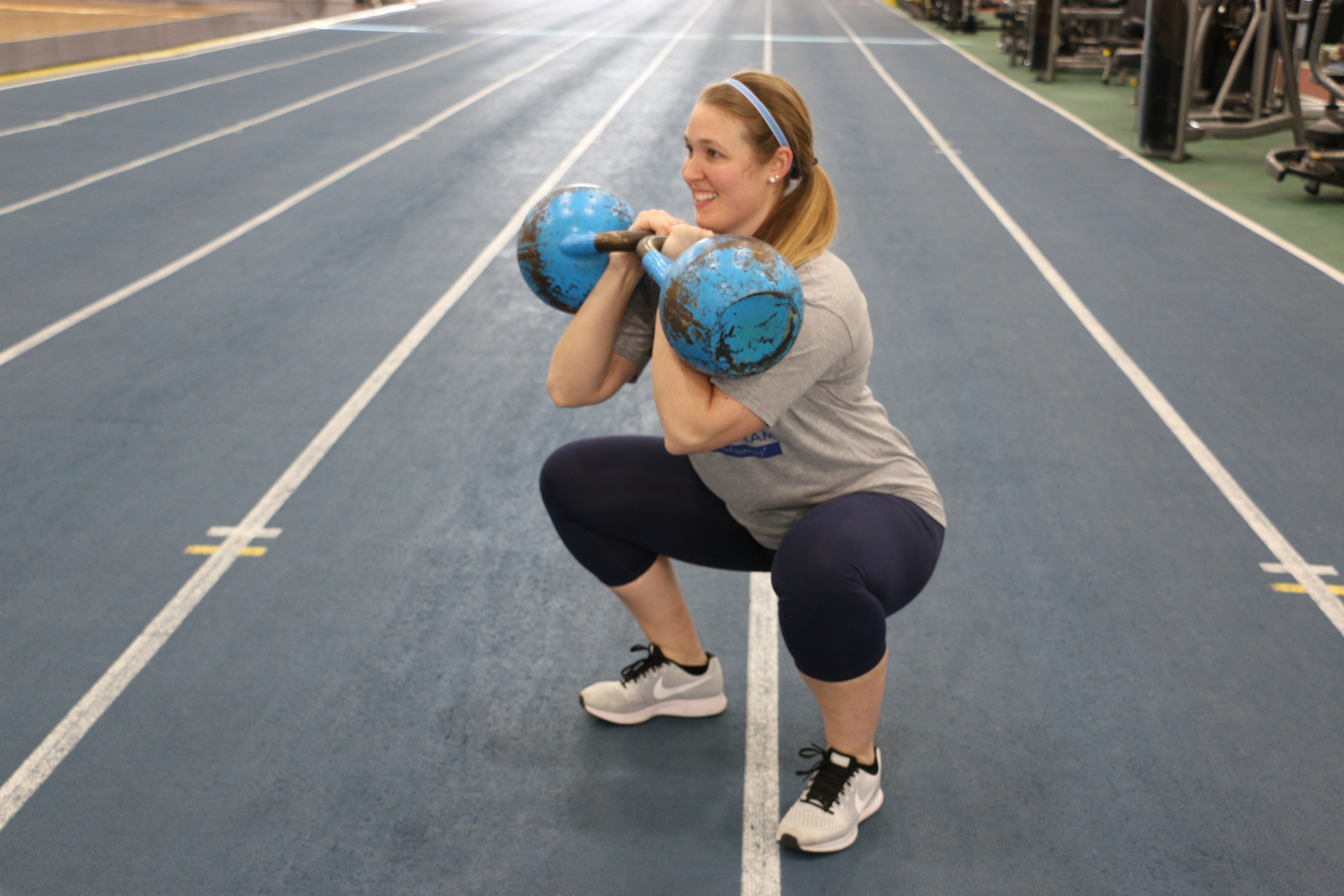
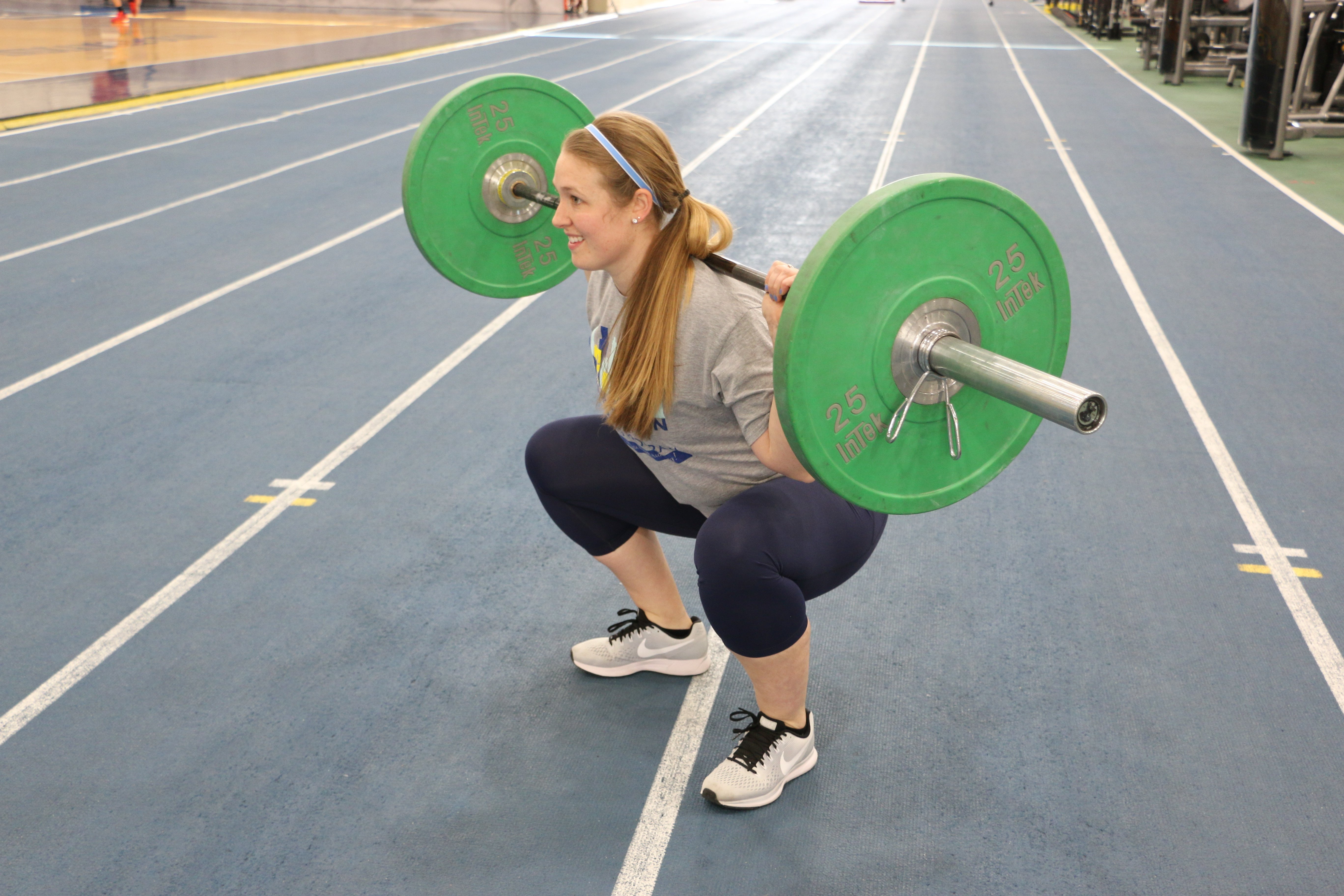
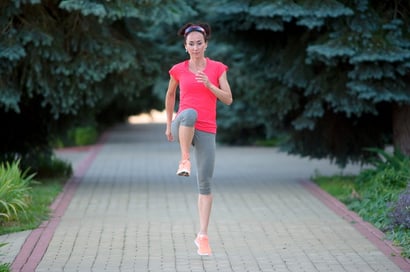 You might think that skipping the warm-up when you work out isn’t that serious. You only have so much time to get your work out in, so you think, “My warm-up was walking in here,” and “I don’t have enough time!”
You might think that skipping the warm-up when you work out isn’t that serious. You only have so much time to get your work out in, so you think, “My warm-up was walking in here,” and “I don’t have enough time!”